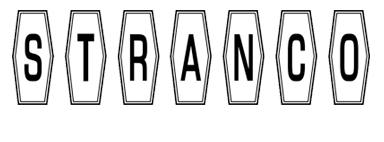Major industry leaders from around the country came together in 1973 to determine what would be the standard for identifying products. Global Standards One (GS1), the nonprofit agency that oversees Universal Product Code (UPC) and International Article Number (EAN) standards, writes that the first barcode was scanned in April 1974 on a pack of chewing gum. Since then, around the world today, there are around 5 billion barcodes being scanned by everyone from cashiers to curious customers with smartphone apps.
Knowing why a barcode is needed, when to add one and then what kind of barcode to add can be a lot to consider. Despite the fact that there is no law mandating the need for barcodes, many distributors and business owners require them to make sales and inventory processes run more smoothly.
Accurate barcodes for your products not only save you the time of having to do manual inventory, but it also reduces the room for error significantly. Furthermore, utilizing barcodes from a quality distributor and manufacturer will also give you and your customers some peace of mind that your products will not be counterfeited, due to your own unique barcode number.
At Stranco, though our specialty area lies in polyester and polyimide thermal labels, we offer an wide range of other materials such as paper, vinyl, polyethylene, reflective film and much more. If you are not certain about which blank or pre-printed barcode thermal transfer label material would work best for your product, contact us today and our excellent customer service team will happily guide you through the selection process.
No matter what your specific labeling needs are, our extensive inventory of label tooling and experienced staff can easily accommodate any labeling project. To know more about our available thermal label sizes, follow this link.

